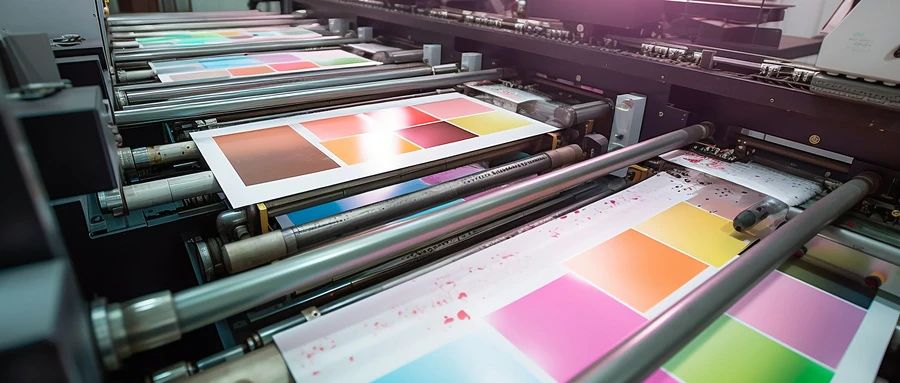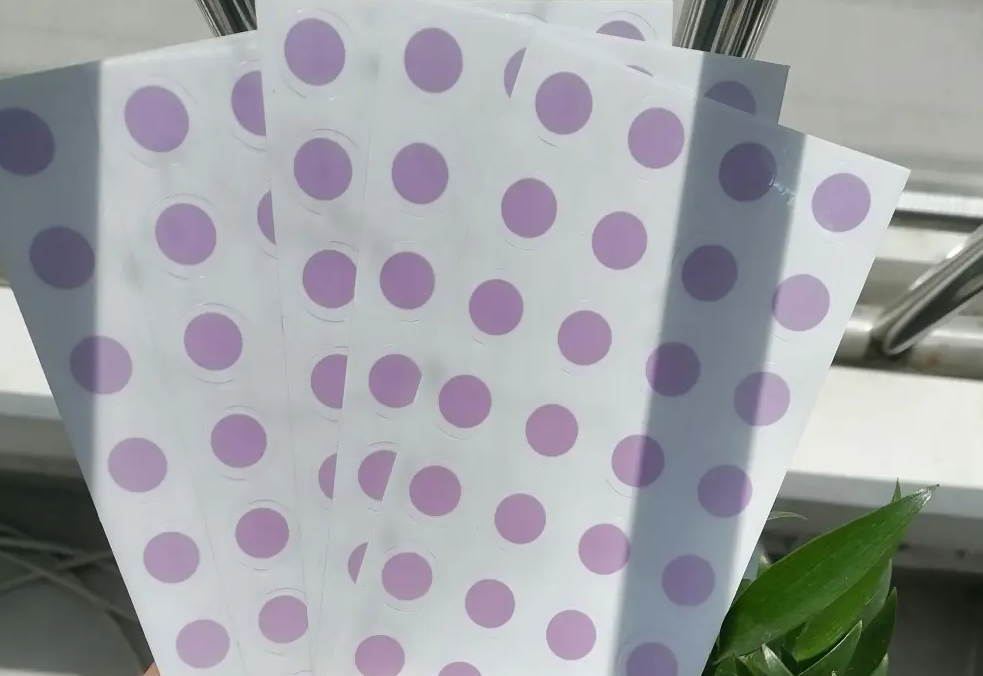Is synthetic paper adhesive material classified as film or paper
PP synthetic paper adhesive material can be easily misled by its name. Some netizens say that synthetic paper is a type of paper material, and the material name is clearly written. So what the editor wants to say is, no, PP synthetic paper does not belong to the category of paper adhesive materials. Don't be misled by its name. Let's take a look together below
PP is the English abbreviation for polypropylene, which is a colorless, odorless, non-toxic, and semi transparent solid substance. The most common application of PP in advertising materials is PP synthetic paper, which is a material formed on the surface of PP synthetic paper through coating, backing adhesive, slitting and other production processes. It is the most commonly used basic consumable in advertising production and adhesive labels
Due to the characteristics of both plastic and paper, PP synthetic paper has a wide range of applications in many aspects, mainly including the following aspects:
1. High quality printing. Such as posters, magazines, pictures, maps, calendars, books, etc
2. Packaging purpose. Such as handbags, packaging boxes, pharmaceutical packaging, cosmetics packaging, food packaging, industrial product packaging, etc& nbsp;
3. Special purpose. Such as various labels, paper currency, colored image paper, CAD drawing paper, industrial computer and instrument recording paper, express envelopes, clock plates, paper fans, umbrellas, travel paper hats, and other travel promotional materials
4. Adhesive labels. Synthetic paper is used as the surface material and coated with adhesive to produce self-adhesive material, which is then processed by die-cutting and printing to produce self-adhesive labels. Commonly used for daily chemical labels, cosmetics labels, chemical labels, etc
Characteristics of Synthetic Paper:
1. Printing, screen printing, offset printing, and hot stamping are all available
2. Cut or roll according to customer requirements; Customized thickness and width according to customer requirements
3. It is allowed to come into direct contact with food, waterproof, oil resistant, and chemical resistant. It is environmentally friendly and 100% recyclable. Even if it is incinerated, it will not produce toxic or harmful gases
4. Save a large amount of forest resources, have a long shelf life, are resistant to decay, anti-corrosion, and durable
5. High strength, puncture resistant, tear resistant (especially horizontally), wear-resistant, and good folding resistance

Beverage and cold chain food adhesive label materials
Adhesive labels are widely used in daily life, such as beverage and alcoholic beverages, daily chemical and washing products, pharmaceuticals, cold chain food, and supermarket logistics. Here, we will focus on the common beverage and low-temperature supermarket labels in daily life
1. Beverage label
Beverage label packaging is increasingly pursuing personalization, and labels usually require excellent printing effects, short-term reapplication on PET material without residue, short-term water resistance without whitening, super transparency, moisture resistance, safety and environmental protection functions
From the perspective of safety and environmental protection, water-based adhesives can meet such applications. However, in terms of the characteristics of water-based adhesives, water whiteness and anti residue adhesive performance are the difficulties in material design. Zhejiang Guanhao designed the F4300 product from the formula and adopted a unique production process, which has excellent anti residue adhesive performance, low odor, and water whitening resistance in terms of viscosity and PET material
(Water Whiteness: Water based pressure-sensitive adhesives contain hydrophilic substances. After water enters the adhesive layer, light transmits and forms a refraction phenomenon. From a macroscopic perspective, the label will turn white after being soaked in water for a certain period of time. Due to the humid filling environment of beverages, there may be some overflow situations. Therefore, in order to ensure the appearance of the product, the label adhesive needs to have a certain degree of water whitening resistance.)
Testing method:
1. After tearing off the bottom paper of the label, soak the adhesive surface directly in room temperature water
2. After leaving it for a period of time, observe the whitening of the adhesive surface
It can be seen that ordinary glue has a serious whitening phenomenon after being soaked in water. Ordinary water-resistant glue has a certain effect, and the best material is specially treated for this problem

Poor UV curing leads to ink loss
Ink shedding is also closely related to the curing effect of UV ink. If the power of the UV lamp is insufficient or the printing speed is too fast, a "false dry" phenomenon may occur, which can easily lead to ink loss. The so-called 'false drying' refers to the situation where the surface of the ink has already dried/solidified, while the interior has not completely dried/solidified. It should be noted that ink drop caused by this phenomenon often occurs in printing large areas of solid patterns. This is because the solid pattern requires a large amount of ink, and the interior of the ink layer is not easily completely cured. In addition, sometimes only one color of ink printed at the same time has noticeable ink loss, with the most common being severe ink loss in black ink. This is because UV light is difficult to penetrate the black ink layer, and in most cases, black ink is arranged in the last color group for printing, with the shortest total curing time and difficult to completely cure.
When encountering such problems, you can first check whether the UV lamp has exceeded its rated service life. If it has, the lamp needs to be replaced. If the UV lamp is in normal service life, it should be due to insufficient power of the UV lamp. You can increase the power of the UV lamp appropriately or reduce the printing speed.
However, for thin film adhesive materials, this treatment may lead to new problems - when the printing speed is too low or the UV lamp power is too high, it is likely to cause deformation of the thin film adhesive materials due to significant heat exposure per unit time. When encountering such problems, it is advisable to reduce the ink supply appropriately and increase the printing speed or UV lamp power moderately to ensure thorough ink curing. If reducing the ink supply leads to virtual printing on the spot, it is necessary to use a two-stage printing method to solve the problem.

UV color changing label
The initial color of the UV irradiation color changing indicator label sticker is yellow before being irradiated. After being irradiated with UV light at around 365nm, the color begins to change when the irradiation dose reaches about 250-400mJ/cm2. The larger the UV irradiation dose, the darker the color and gradually approaches deep purple. The label color after UV irradiation can remain stable under normal conditions for a long time.
The UV irradiation color changing indicator label sticker is designed for detecting and monitoring UV irradiation processing management and process quality control, such as UV curing and UV sterilization process quality control, providing additional visual inspection methods for quality detection and monitoring indicators, thereby eliminating uncertainty factors. The depth of color can be used to roughly determine the amount of UV exposure or to determine whether the UV lamp needs to be replaced; By using this UV color changing indicator label, it is possible to reliably visually determine whether the product has undergone UV irradiation, thereby enabling rapid verification of product irradiation quality and effectively reducing costs. This self-adhesive label has strong adhesion and can firmly adhere to the surface of most items, but it is still recommended that users conduct adhesive performance testing before use to ensure that the adhesive position is appropriate. When using this product for applications in unconventional environments, users should conduct relevant performance tests in advance.
We offer comprehensive technical support, including free professional labeling solutions, advice on label materials and adhesive selection, as well as online/offline assistance from professional software and hardware engineers. Service email: andy@ownlikes.cn. In pre-sales, we leverage our extensive experience in specialty labeling projects to provide clients with the most suitable hardware solutions. Additionally, all our label barcode printers and scanners come with a three-year free warranty, demonstrating our confidence in our products.




